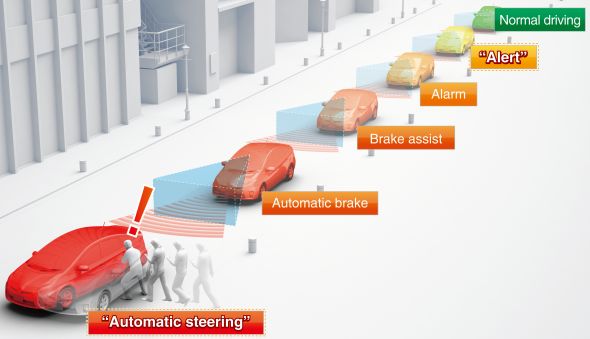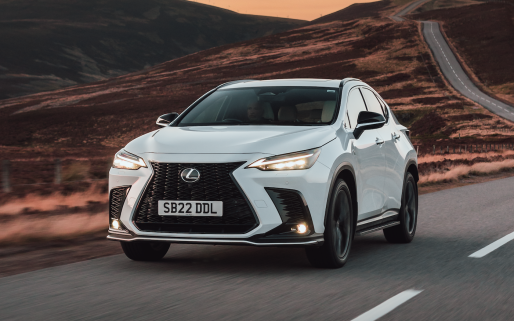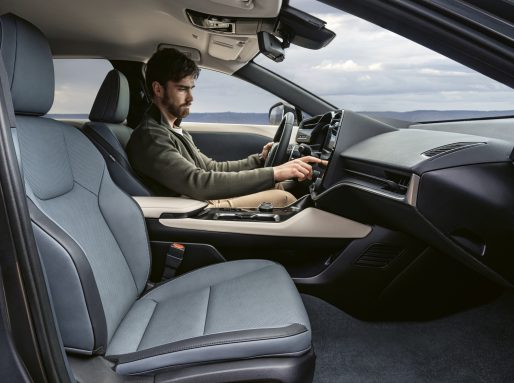Lexus has been providing a collision avoidance system in its cars since the third-generation LS in 2003. This early Pre-Collision System (PCS) was actually the first forward-warning system of its kind to be fitted to a production car, and through the years it has been updated and improved through the application of new technologies.
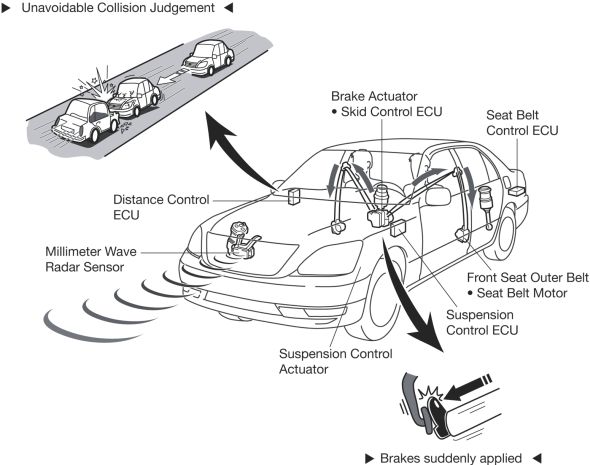
Introduced with a forward-facing millimeter-wave radar, the original PCS (see image above) scanned the road ahead for potential obstacles. If the radar detected that the car appeared to be heading toward imminent disaster, the system would preemptively tighten the seat belts to remove any slack in order to better protect the car’s occupants. It would do similarly with the brakes, priming the system so the driver could make immediate use of full braking capacity.
In the decade since its arrival, later versions have improved watchfulness, adding extra layers of advanced monitoring to PCS. These have included single- and then twin-lens digital cameras, infrared projectors for low-light functioning, and the world’s first use of a camera to monitor which way the driver’s head was turned in relation to the road ahead. This function was later improved to monitor the driver’s eyes and detect if he or she was about to go to sleep; it could even detect a loss of wakefulness through sunglasses or during night driving.
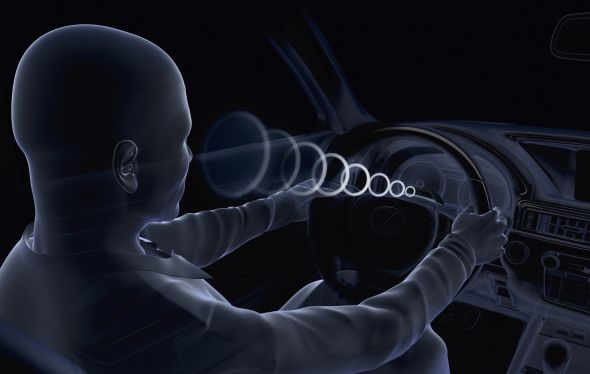
Further advancements have included millimetre-wave radar setups for the rear and front-side angles, night vision, and another brake assistance feature that uses GPS to locate the car on the road and monitor if you are braking in sufficient time for an approaching stop sign.
Details are now coming through of the latest development – PCS with Pedestrian-Avoidance Steer Assist. It is a function that uses automatic steering in addition to increased pre-collision braking force and automatic braking to prevent collisions with pedestrians. Its primary use is for when the vehicle is travelling too fast to stop before the obstacle or if a pedestrian suddenly steps out into the vehicle’s path.
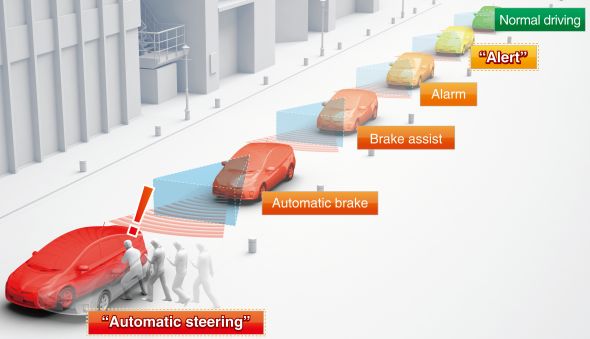
An onboard sensor detects pedestrians (it also works for cyclists) four seconds away and issues a visual alert on the dashboard immediately in front of the driver if the system senses that there is a risk of a collision. If the likelihood of this increases, the system issues an audible and visual alarm to encourage the driver to take evasive action. This is also the signal for the increased pre-collision braking force and automatic braking functions to activate. Finally, if the system determines that a collision cannot be avoided by braking alone and there is sufficient room within the marked lane for avoidance, steer assist is activated to steer the vehicle away from the pedestrian.
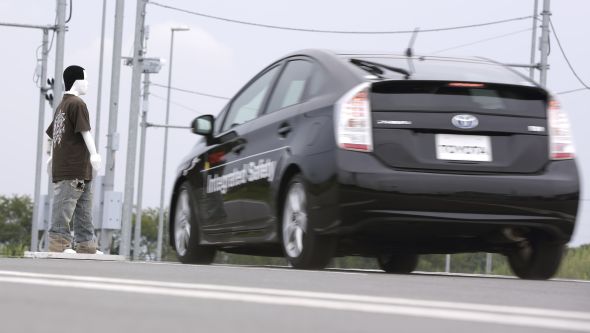
A Toyota Prius fitted with steering enhanced PCS performed well on a test track, though in the interests of demonstration, conditions were artificial. If it’s impossible to avoid a straying pedestrian on an empty track with four seconds notice, then perhaps you should be hanging up your licence…
Lexus has yet to reveal when PCS with Pedestrian-Avoidance Steer Assist will be available on a production car. However, parent company Toyota Motor Corporation has revealed that it aims to make PCS more affordable and will roll it out across a wider range of vehicles by 2015. Only after this will Pedestrian-Avoidance Steer Assist be introduced to the market.
